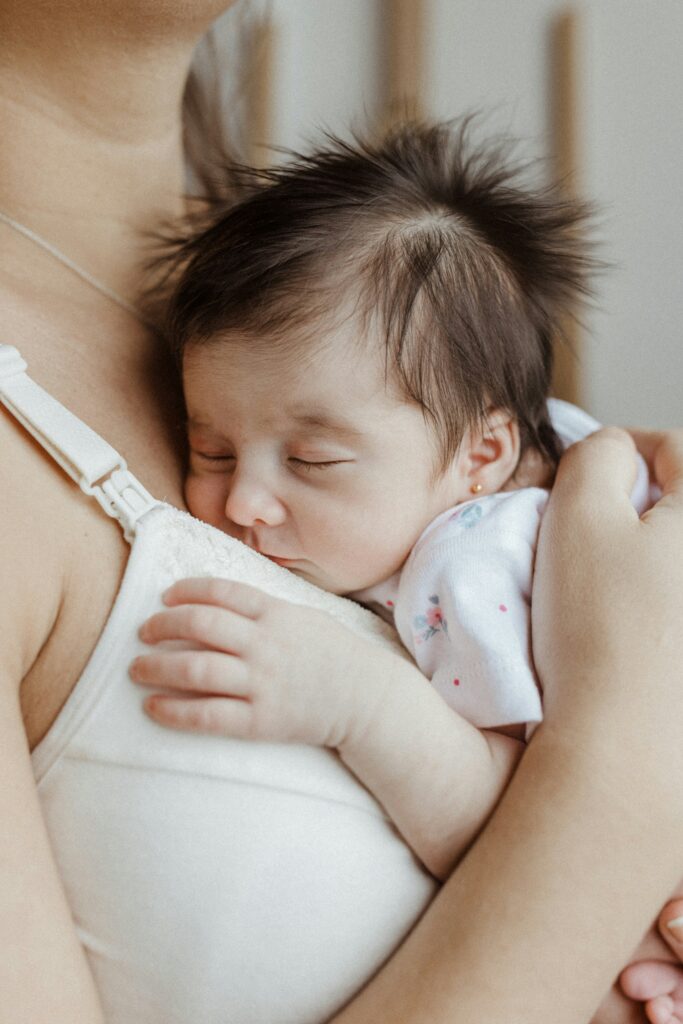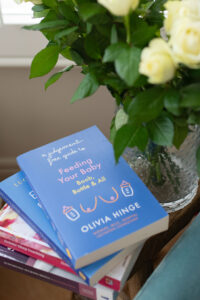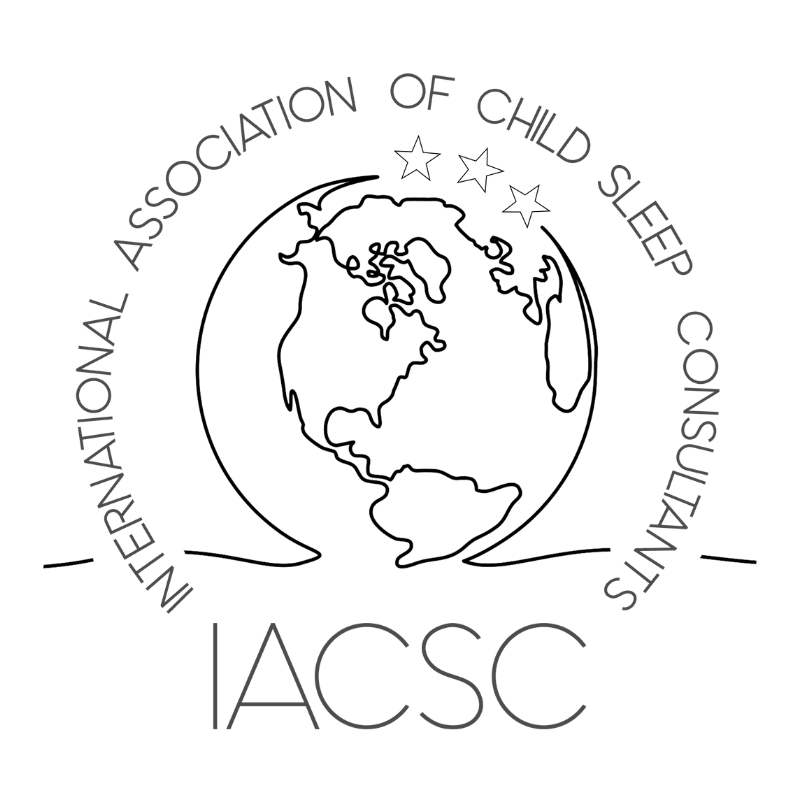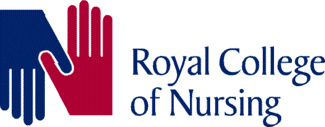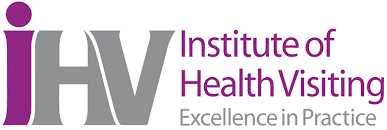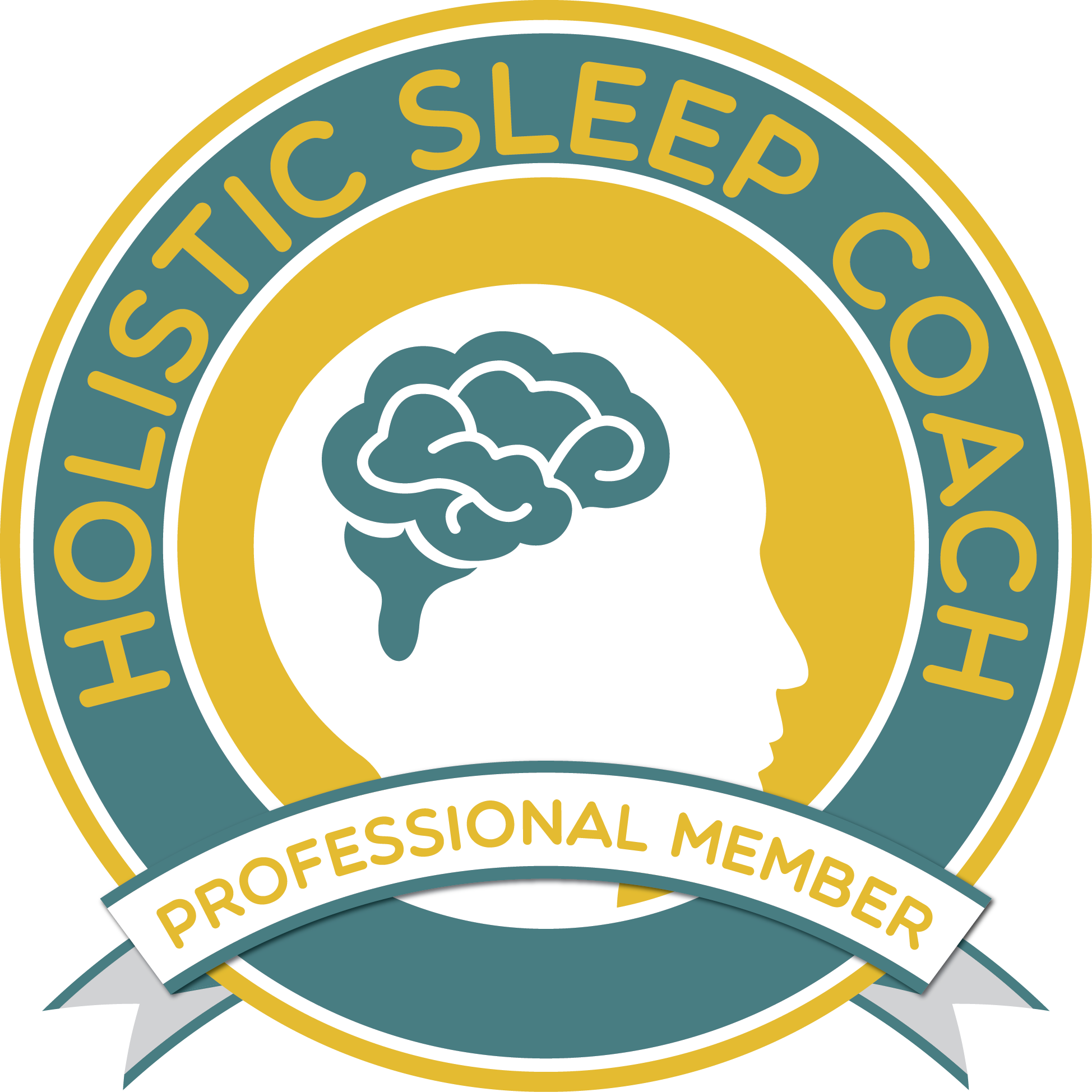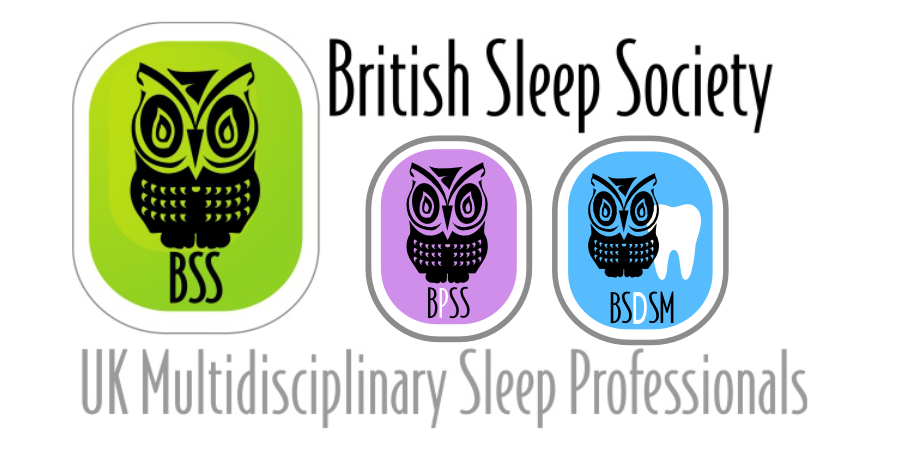Mastitis Is inflammation of the breast. The first signs are normally a painful area on the breast that might look red if you have a paler skin tone. Or you may have a lumpy breast which feels hot to touch or one/both breast aches and feels swollen. Alongside this you might have flu-like symptoms, feel unwell and have a fever.
Can you breastfeed from mastitis?
Yes! In fact it is recommended to continue to feed as normal to help clear the mastitis. If you abruptly stop breastfeeding this can make the problem much worse. The milk might taste a little saltier.
How to clear mastitis naturally
Mastitis may not requite antibiotics if we can reduce this inflammation with self-help measures. If things aren’t improving in 12-24 hours seek medical help as you may require antibiotics, or if things worsen quickly or if you feel very unwell. This is important because some mastitis cases are caused by a bacterial infection and can progress to sepsis or breast abscesses if untreated.
Keep breast feeding your baby as normal. This can be incredibly hard if you feel unwell and in pain but this will help keep the milk flowing and you to get better
Don’t add in any extra pumping then you are doing already. What this does is sends a message to the body to increase your milk supply which can worsen the issue.
The advice has changed around massaging the breast. We used to think massage would be useful in releasing any blockage. However, we now know that firm massage can make things much worse! The breast is made up of lots of little ducts and channels and if we massage to thoroughly we can cause inflammation and make blockages worse. Please don’t massage firmly or use any electric devices. What to do instead: very gentle lymphatic drainage massage. There can be excess fluid in the tissue and this can help drain it. Very gently (like you are stroking a cat) stroke from the nipple to the armpit which is the body’s natural drainage system.
If your doctor has said it’s safe to do so you can take some over the counter anti-inflammatory pain killers (such as ibuprofen) to decrease swelling and make you feel better. Always follow the instructions on the packet.
Cold compress can help reduce the inflammation, the same way you would apply ice if you had an injury to reduce the swelling.
Just like how we treat inflammation in an injury, we ideally want to rest if we have mastitis. I know it’s easier said then done and possibly the hardest of this advice to follow!
Get support with positioning and attachment to help baby drain the breast more effectively. Even a small change can make a huge difference.
What are the causes of mastitis?
Its important to get to the bottom of what caused the mastitis in the first place to prevent you getting it again moving forward. Common causes are:
- Positioning and latch. If baby isn’t positioned or latched at the breast deeply enough they can’t feed effectively and drain the breast efficiently. This means that inflammation can arise. Seek skilled support from someone like a lactation consultant to help you and check if there is anything preventing baby from attaching deeply enough.
- Long gaps between feeds. If there has been a longer gap than usual between feeding or you if you missed a feed at the breast this can lead to engorgement which if not sorted can lead onto blocked ducts and mastitis. Feed your baby responsively (according to their cues). Babies can nautrally go longer between feeds as they grow so if you notice signs of engorgement (hard, uncomfortable breasts) hand express so that your breasts feel comfortable. Mastitis can also happen if we don’t switch the side we are breastfeeding on. If you are weaning or stopping breastfeeding cut down gradually to reduce the risk.
- Engorgement. This often goes hand-in-hand with long gaps between feeds. It can also occur if milk supply has been overstimulated, for example, from using silicone breast pumps or over-pumping in the early weeks. If left untreated, engorgement can lead to inflammation in the breast and milk stasis, creating an environment where bacteria can grow.
- Microbiome imbalance. There is a balance of good bacteria if this gets thrown off bade bacteria can cause inflammation. A good diet full of fruits and vegetables can help help feed good bacteria. I appreciate that when we are tired and have a baby eating healthily is often the last thing we have time for!
- Injury. Inflammation can be caused by something as simple as a knock to the breast or by clothing cutting in or a bra being too tight or underwire digging. Or even sleeping on our fronts as this can cause excess pressure on the breasts.
How long does it take for mastitis to go away?
With the right support and care, many people feel significantly better within 24 to 72 hours. However, if there’s no improvement within 24 hours, or if your symptoms worsen, please see your GP, some cases of mastitis involve a bacterial infection that requires antibiotics.
If you still have a lump or unresolved symptoms seven days after treatment, follow up with your GP to rule out an abscess or other issues.
Getting to the bottom of what caused the mastitis in the first place is key to preventing it from coming back and improving mastitis once it has already appeared. Often, the root cause is poor milk drainage, which may be linked to your baby’s latch or positioning at the breast.
Skilled infant feeding support can make all the difference. If you’d like one-to-one help to feel more confident and comfortable, you can learn more about how I work here.

